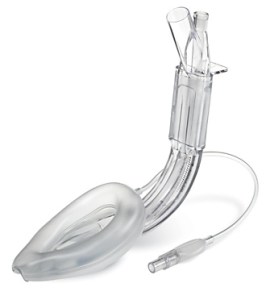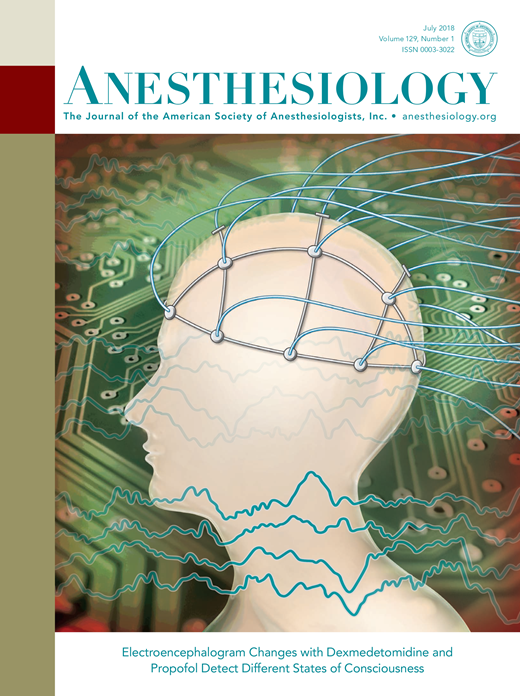That's what I do as well and what I tell my residents to do once I'm confident they can manage minor airway complications, but that is not a deep extubation. For me, that's just a regular extubation, and that's further contrasted with the "pt wide awake, potentially bucking, definitely protecting airway, can pull tube out by themselves" extubation that I reserve pretty much only for extremely difficult airways. It might seem like I'm being overly pedantic but I'm used to having to be very specific with them when they ask me if we can do a "deep" extubation. "Deep" for me means we are extubating when the patient has NMB reversed, ~1 MAC on board, no cough or gag reflex to stimulation, conjugate gaze, regular spontaneous respirations with adequate Vt.
For people with severe reactive airway disease, a "deep" extubation has this very specific meaning. If you have someone with say such a severe intraop bronchospasm that they required a bit of IV epi to break it, and I say we're doing a deep extubation, I definitely don't mean that I want their airway to get stimulated by the return of reflexes as they make their way down to 0.3 ET sevo and then we pull the tube before they're fully awake.


